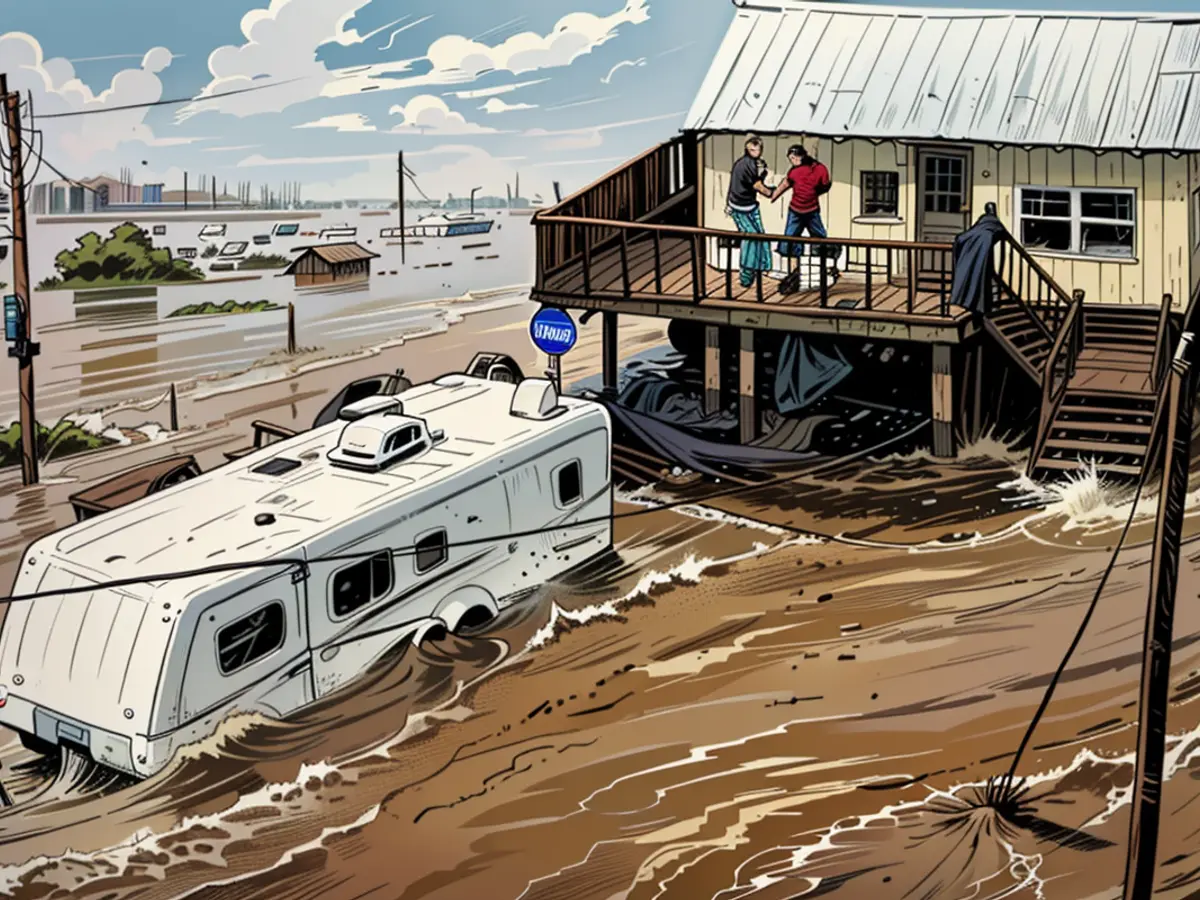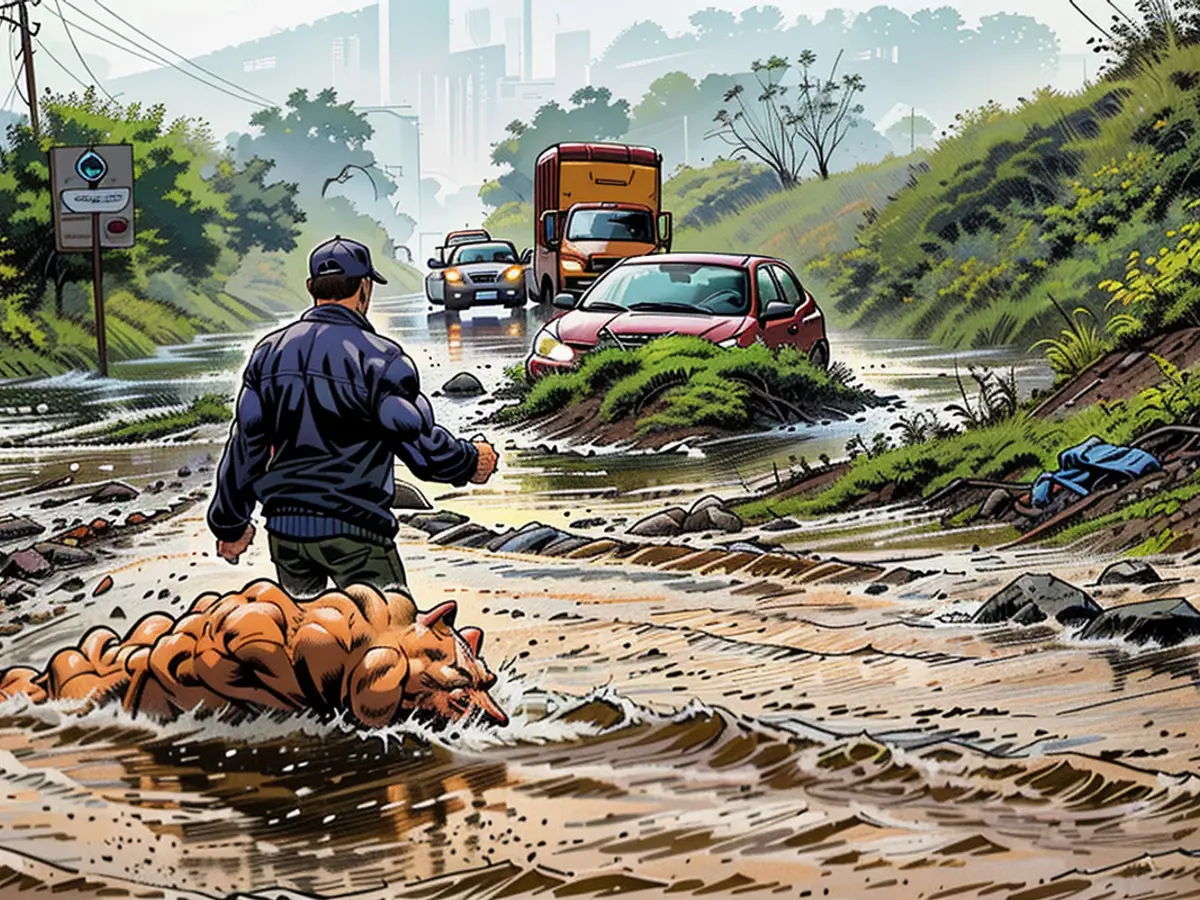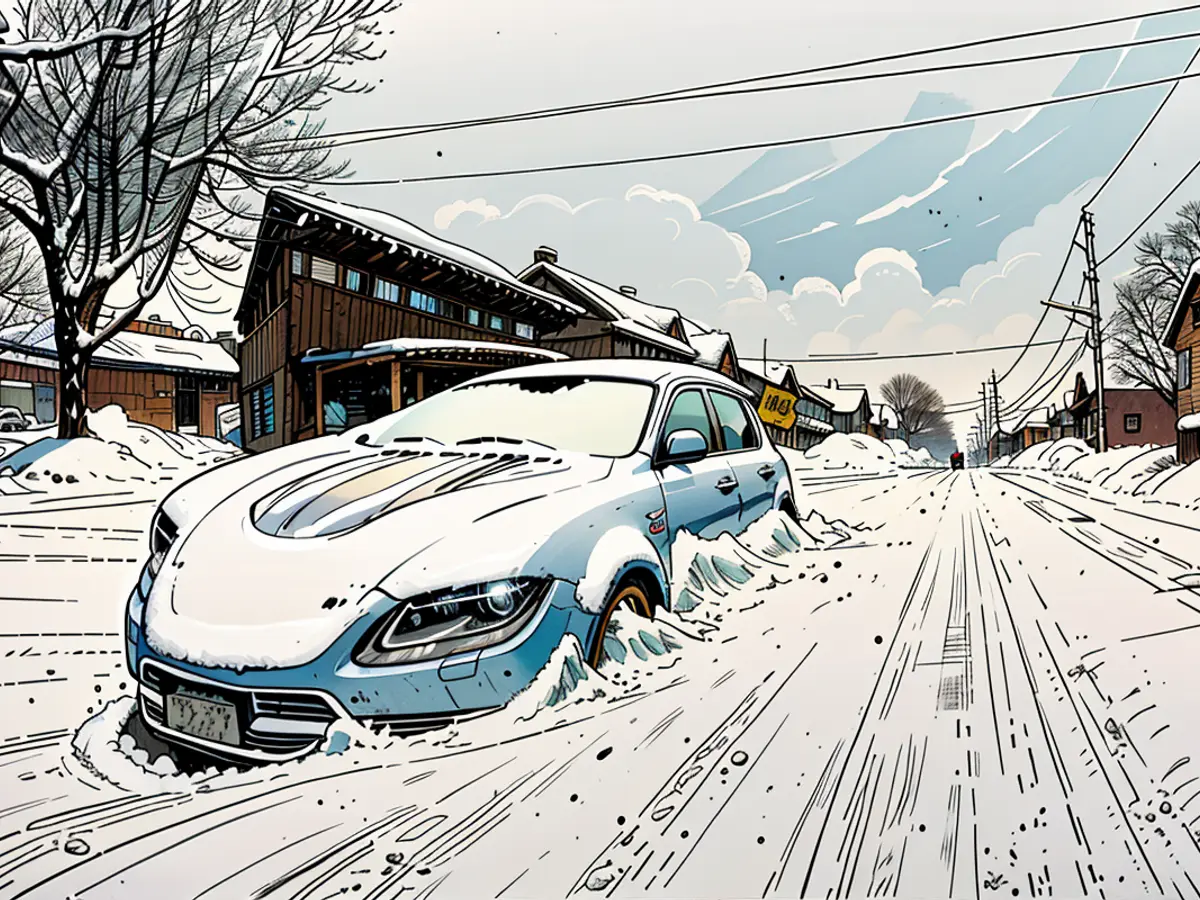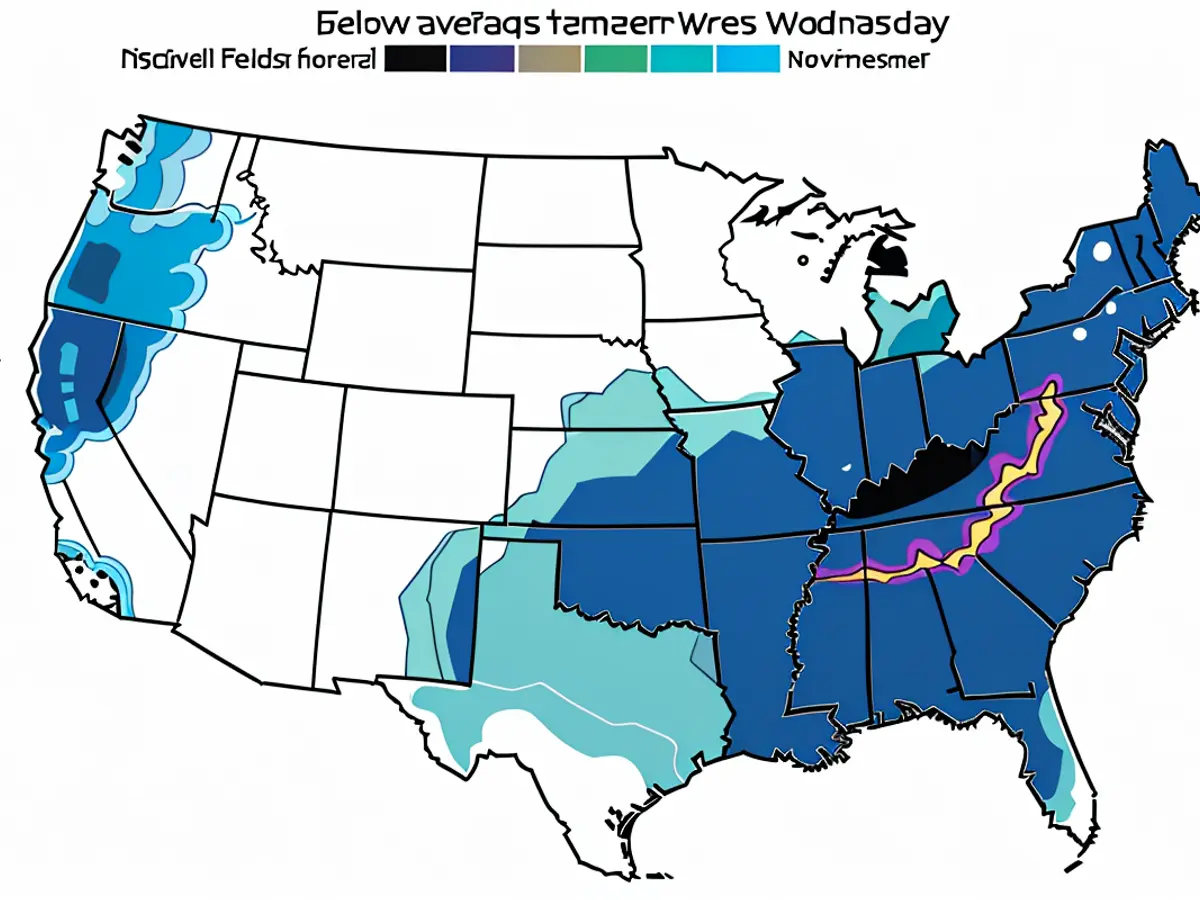Beryl leaves millions of Texans without power as dangerous heat descends on the region
Beryl slammed into southern Texas as a Category 1 hurricane Monday, knocking out power to more than 2.5 million homes and leaving at least 8 people dead in Texas and Louisiana.
The storm – now a tropical depression – unleashed flooding rains and winds that transformed roads into rushing rivers, ripped through power lines and tossed trees onto homes, roads and cars. As it hurtles northeastward, it is bringing flooding and the threat of tornadoes across eastern Texas, western Louisiana and Arkansas.
As difficult recovery and cleanup efforts are underway in southeast Texas, including the Houston area, extreme heat will bear down on the region Tuesday and Wednesday, creating hazardous conditions for those working outdoors or without adequate cooling.
A heat advisory is in place Tuesday for southeast Texas, where heat indices – a measure of how the body feels under both heat and humidity – could hit 105 degrees and high temperatures in the 90s are forecast across the region.
“The lack of proper cooling combined with many people outdoors cleaning up after Beryl could produce dangerous heat conditions,” the National Weather Service in Houston said. Heat is the deadliest form of extreme weather in the US, killing more than twice as many people each year as hurricanes and tornadoes combined.
But restoring power to hard-hit communities will be a multi-day undertaking, according to Thomas Gleeson, the chairman of the Public Utility Commission of Texas. And in the coastal city of Galveston, city officials have estimated it could be as many as two weeks before electricity is restored.
Texas utility CenterPoint Energy has borne the brunt of the outages, with nearly 2 million customers in the dark Monday night, according to PowerOutage.us. Though the company had braced for Beryl’s impact, it said the damage was more severe than it had expected.
“The storm veered off the originally expected course and more heavily impacted the company’s customers, systems and infrastructure than previously anticipated, resulting in outages to more than 2.26 million customers at its peak,” it said.
The utility expects to restore power to 1 million customers by Wednesday night.
Houston Mayor John Whitmire, whose home was also without power Monday, said CenterPoint and the city are “fully aware” of how pressing electricity restoration is.
“We’re going to take care of every community. No community is favored over another community. Every Houstonian is important to us. We’ll get your power on as quickly as possible,” he said.
Beryl begins path through the US
At its peak, Beryl was a record-shattering Category 5 storm but has since been reduced to a far less powerful tropical depression with winds of 35 mph. Despite weakening, Beryl will still produce flooding and tornadoes in the US as it moves inland through mid-week.
Beryl became the first storm in the Atlantic hurricane season to make landfall in the US after tearing a devastating path through the Caribbean, where it caused at least 8 other deaths. The storm marks the start to a hurricane season that experts say will be far from normal as fossil fuel pollution contributes to abnormally warm water and rapidly intensifying storms.
The center of the storm will arrive in Arkansas by Tuesday morning and continue through southern Missouri and Illinois by the end of the day. It is then expected to blow into Indiana on Wednesday morning and race through Ohio and Michigan and into Canada by the end of the week.
Tornado watches are in effect for more than 1 million people across parts of eastern Texas, northern Louisiana and southern Arkansas through early Tuesday. Already, 12 tornado reports have been recorded in those states.
Flood watches also cover around 8 million people from eastern Texas to southern Illinois, most of which will expire by the end of the day Tuesday.
Heat sprawls across the West
An oppressive heat wave is blanketing the West coast and will hover over the region for several more days, likely bringing high temperatures between 10 to 30 degrees above average to some areas.
“Record high temperatures to continue into mid-week across large portions of the West coast, while record high minimum temperatures stretch from the Gulf coast, northeast along the East coast,” the National Weather Center said.
Excessive heat warnings, watches and advisories are in effect for nearly all of Washington state, Oregon, California, Idaho, Nevada and southwest Arizona. Parts of western Nevada and northeastern California won’t see temperatures below 100 degrees until next weekend, the National Weather Service office in Reno said.
Extreme heat has already shattered daily high temperature records across the region and caused multiple deaths.
In Oregon, four people died of suspected heat-related illnesses over the weekend, according to a news release from Multnomah County. A motorcyclist also died from heat exposure in California’s Death Valley on Saturday, where the high temperature was 128 degrees.
Human-caused climate change is driving far more frequent and intense heat waves across the globe, exposing communities to increasingly dangerous temperatures. When a person is unable to cool their body down amid prolonged heat, they are at risk for damage to the brain and other vital organs, as well as other heat-related illnesses such as heat exhaustion and stroke.
The elderly, people with chronic medical conditions as well as children are at higher risk for severe heat-related illnesses. Those who work or spend their day outdoors, such as agricultural workers or homeless individuals, are also at incresed risk of heat illnesses.
CNN’s Robert Shackelford, Jamiel Lynch, Joe Sutton, Taylor Ward and Elise Hammond contributed to this report.
The weather forecast for eastern Texas, western Louisiana, and Arkansas includes flooding and the threat of tornadoes as Tropical Depression Beryl continues its northeastward path. The National Weather Service in Houston has issued a heat advisory for Tuesday, warning of dangerous heat conditions due to extreme heat and a lack of proper cooling.








